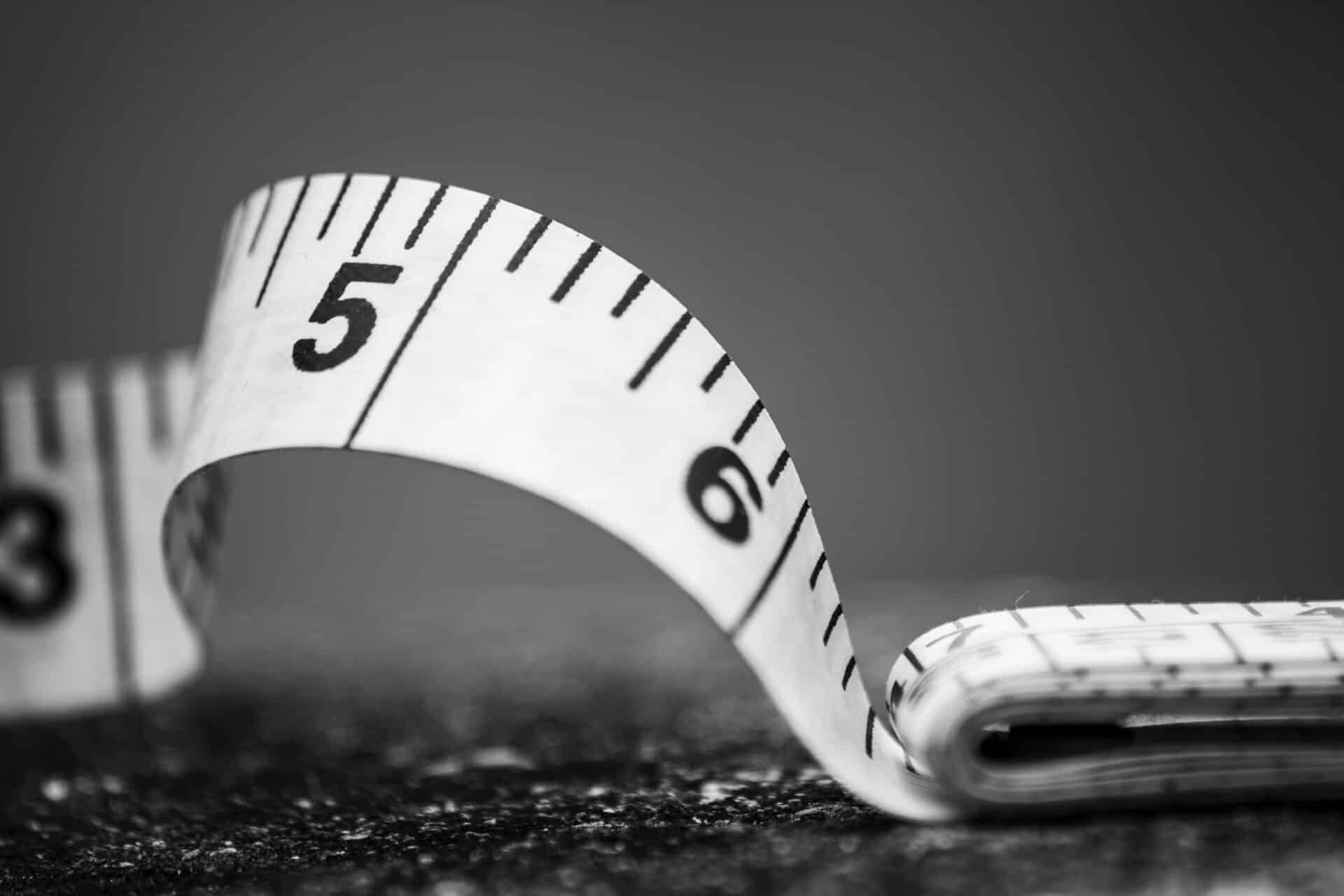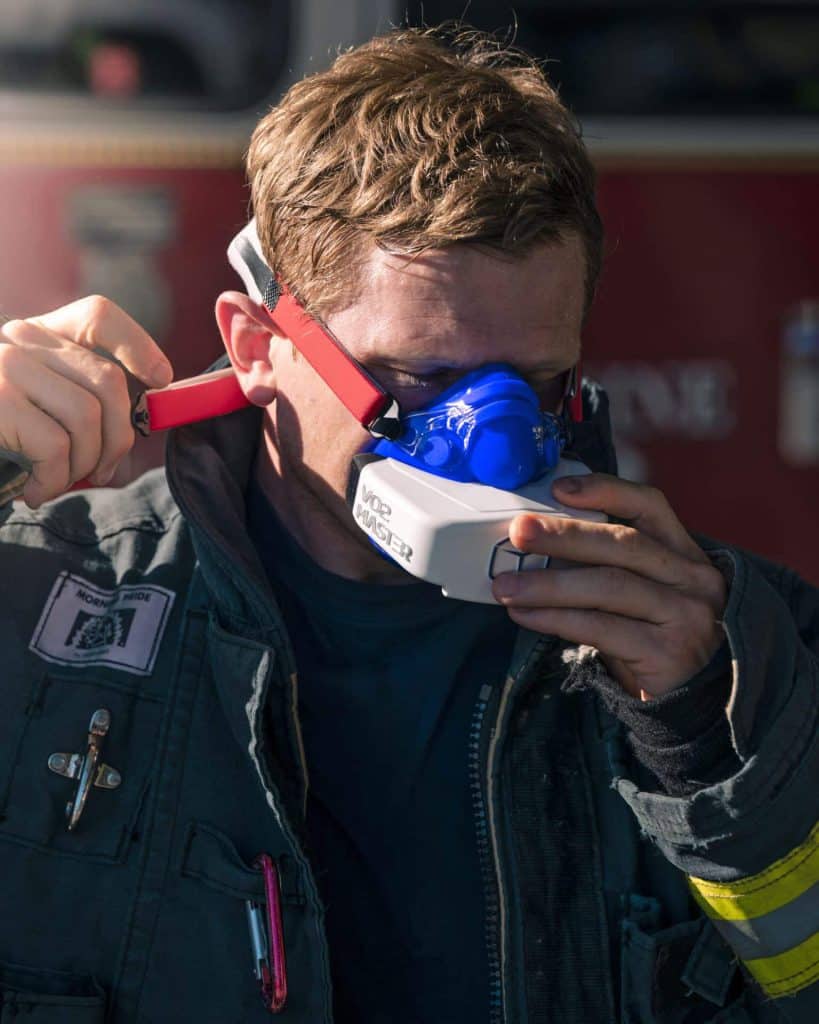How to Measure Maximal Oxygen Consumption
Maximal oxygen consumption (VO2max) describes the bodies’ ability to uptake and utilization oxygen during intense/maximal full-body exercise. Measuring VO2max is critical to understanding one’s health and performance status. An in-depth description of VO2max and the largest physiological limiter to oxygen diffusion were discussed in previous posts. In this post the best practices for measuring VO2maxContinue reading "How to Measure Maximal Oxygen Consumption"

Maximal oxygen consumption (VO2max) describes the bodies’ ability to uptake and utilization oxygen during intense/maximal full-body exercise. Measuring VO2max is critical to understanding one’s health and performance status. An in-depth description of VO2max and the largest physiological limiter to oxygen diffusion were discussed in previous posts. In this post the best practices for measuring VO2max are described.
Considerations for Measuring VO2max
While measuring VO2max seems very straight forward, there are a few caveats/considerations that must be taken into account before completing a test:
- Protocol selection: continuous or incremental ramp. This is important because the length of the test, elicited VO2max, and determination of other variables (e.g. ventilatory or lactate thresholds, VT and LT, respectively) are highly dependent upon the duration of the steps and the steepness of the increase.
- If measuring (VT) a continuous ramp protocol or shorter incremental stages allows for easier determination of VT variables. VTs are also non-invasive and more highly correlated with 40km Time Trial performance than Lactate Threshold.
- If using an incremental test make sure that stages are < 3 minutes as this might effect VO2max negatively. For ease of determination of threshold variables a continuous ramp is more ideal, however, treadmill or cycle ergometer limitations may only allow for an incremental test to be completed. In this case, increase the load every minute.
- Length of the test. The length of the test should ideally fall between 8-12 minutes which will limit the participants’ tolerance or willingness to complete the test (Buchfuhrer 1983). To do this try to determine a load increase that will induce failure around 10 minutes. If you know an athletes 10k running pace or a cyclists FTP/CP, the athlete should reach these values ~6-7minutes into the test.
- End point criteria. Make sure to have predetermined quantitative end point and analysis criteria. Typical end point criteria includes: 1) RPMs < 55, and at least 2 of the following: 1) a plateau in VO2, 2) RER > 1.1, and/or 3) maximum heart rate within 10 beats per minute of age predict max. heart rate (208 – (0.7 * Age)). Note: Sometimes, if a participant is sedentary or unaccustomed to the modality of testing, they may not reach a plateau in VO2, therefore secondary criteria and/or a VO2max verification test should also be completed.
- Inclusion of verification test. Does time permit the use of a second, faster, verification test? Poole and Jones 2017 recommend a second, constant work rate, test at 110% of the peak power output (PPO). PPO is the wattage achieved during the first test. This verification test should be completed between 10-20 after the first test in order to allow for adequate rest time. Another option is to complete a 3 minute all-out critical power (CP) test, this test is useful because it allows the researcher to determine the participants CP and it does elicit VO2max. The reason why a verification test is necessary, is that many VO2max tests do not result in the plateau of VO2. A verification allows for the researcher to say with more certainty that a participant did indeed reach VO2max on that day.
Selection of VO2max Test
Creating a proper VO2max protocol is critical to obtaining accurate measurements. As such, the following is an example of a VO2max protocol that I recently used to test a cyclist.
- As the participant was a cyclist, this test was completed on a cycle ergometer that was fit to the participant using their bike measurements. They were also allowed to use their bike seat and pedals.
- The participant had a CP of 300 watts, therefore we aimed for the protocol to reach 300w 6 minutes into the ramp.
- Since we did not have the materials or approval to test lactate, we measured ventilatory variables to determine VT. In most cases the lab I work in uses VT as the primary threshold measures as they are non-invasive and tend to be more predictive of cycling time trial performance.
- Since we could preprogram the ramp protocol into the software used to run the cycle ergometer, and the fact we were trying to measure VTs as well, we used a continuous ramp protocol that started at 150w and increased 25watts/min or 0.42watts/sec.
- Our end criteria for this test was when the athlete could not maintain 55 rpm or stopped on their own accord.
- Since we had time, we elected to complete a 3 minute critical power test (more on that later) after the athlete rested for 20 minutes.
Experimental Protocol
After the athlete is fitted to the cycle ergometer, fit them with a heart rate monitor and make sure the facemask and gas sampling device is firmly in place, start the test with two to three, 5 minute submaximal constant load and cadence controlled stages. These three stages will allow the athlete to warm-up and allow for the determination of efficiency values after the test.
- This athlete completed 3 (50w, 100w, and 150w) 5 minutes stages at 90rpm.
- Once the 150w submaximal stage is complete begin the ramp, the athlete can now cycle at whatever their preferred cadence is.
- Towards the end of the test really encourage the athlete to push as hard as they can.
- The test is completed when the athlete can no longer maintain 55 rpms.
- Rest for 20 minutes, you can take the mask off so the athlete feels unencumbered during their rest.
- Complete 3 minute all-out test. Have the athlete spin up as high as they can with no resistance, then start the test. The addition of the load will create a massive spike in power output.
- The athlete should continue pedaling as hard as they can until the end of the 3 minutes.
Conclusion
Testing maximal oxygen consumption is straight forward and requires minimal testing equipment (cycle ergometer, and metabolic/gas analyzer). However, in best practice there are some considerations that must be taken into account in order to get accurate and repeatable measures. Some of the key considerations are the decision to use a step or continuous ramp test, the steepness of the ramp, and if a verification test is permissible. In the next blog post, I will walk through the analysis of a VO2max test.
